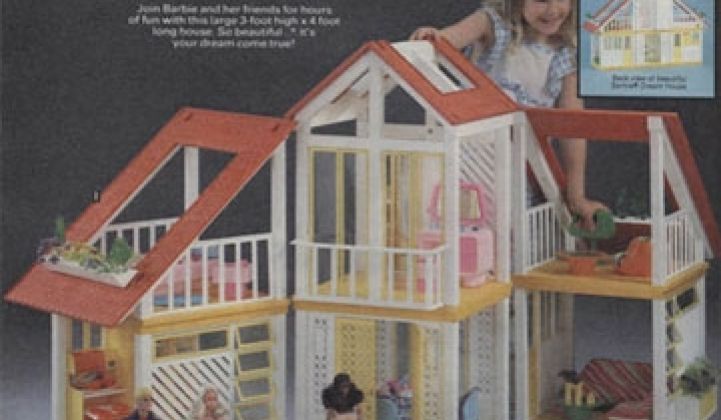Indian Wells, Calif. -- More from the Greentech Media Networked Grid event.
In an alternate universe, the smart grid applications layer, also known as the 'Soft Grid,' sits above the power infrastructure and network communications layers, providing a platform for advanced applications and services. The meme goes like this: once we get the smart grid hardware and network issues taken care of and sorted out, the really interesting part gets started.
Demand response is the first smart grid killer app for industrial and large commercial customers. What's the killer app for the residential smart grid?
***
David Leeds, smart grid analyst at GTM, illustrated the difficulty of getting the public on board the residential smart-grid express. If a residential smart grid solution, whether it be demand response or an energy dashboard, can save you 10 percent a month on your electric bill, is that a motivator? Even when your electric bill is $100 per month? Smart thermostats, environmental and situational awareness, smart appliances and a Zigbee-enabled mesh home network seem like a heroic investment to return ten bucks a month.
Leeds added, "Making the customer smart is as important as making the grid smart."
***
Alex Laskey, the President and Founder of Opower, challenged the premise that we need to wait for the infrastructure to be in place. In Laskey's view, "If you look at what's happening in Bakersfield, it's increasingly apparent that we can't wait for all the infrastructure to be installed before addressing the customer. There's no reason you have to work on the backend before you work on the front end."
Opower is a software and information solution that helps the utility engage the customer. This is not a priority in people's lives (according to Greg Guthridge of Accenture, the average customer thinks about their electricity bill 6 minutes a year). Opower helps the consumer engage.
Southern California Edison predicts that while 36 percent of customers will interact with utility data in ten years, 64 percent will likely remain unengaged. One of the firm's investors, Josh Becker, talked about Opower this morning as "taking over the utility electric bill" and using the document as an energy efficiency marketing tool.
The firm claims that it is on track to deliver over 350 gigawatt-hours in measured energy savings by the end of this year, at an average cost of 3-4 cents per kWh. Opower estimates that as a third of the output of the entire solar industry.
***
Peter Corsell, the president and CEO of Gridpoint, suggested that smart EV charging software has the potential to be a killler app, especially with Corsell's expected "non-linear adoption of EVs."
But Corsell added some reality to the dialogue, saying: "There is a smart grid for the consumer and there is a smart grid for the utility. It's not change-or-die in the utility industry -- utilities don't need the smart grid."
Corsell asked, "How do you tie a customer to an asset so that they care? How do you engage customers and tie them to an asset that is relevant to them?" He noted that customers don't really buy electricity -- they buy hot water, cold air and motive power.
He added that change in the smart grid was not going to be fast, but rather, "slow and ugly."
***
Steve Vassallo is a Venture Partner at Foundation Capital. Foundation has five investments in the smart grid "up and down the stack," including Silver Spring Networks, eMeter, Control4 and EnerNOC. EnerNOC is closing in on $300 million in annual sales (annual sales of $300 million is the real killer app). In Vassallo's estimation, just as the inventors of the internet, circa 1994, could not foresee Facebook or iPhone apps, so too are we laying the groundwork for the smart grid's version of Twitter. But today, that killer app remains unforeseeable.
"Utilities need to be incentivized to promote energy efficiency," said Vassallo.
***
What mass-market customers want is a lower electric bill and little, if any, extra work. So, for residential customers, the killer app is energy efficiency. How does that get accomplished? Making home energy more interactive and immersive, more like a game?
The killer residential energy application engages the energy consumer and places the consumer in a partnership with the utility. It's not easy, it's not sexy and it doesn't look like a shiny new smart meter. But it creates a value that the majority of customers understand.
And we haven't quite found it yet.



